How to test oven elements out of cookers
This video will teach you how to test elements.
In this short video we quickly explain How to test oven elements to see if it has blown or gone to earth, in other words, to see if it is indeed faulty or not.
Although this Repair Guide refers to Fan Oven Elements, the same principles apply to most Cooker and oven Elements. Fan Oven Element Not Heating? Fan Oven No Heat & Blowing Out Cold Air?
Fan oven elements fail when the element’s internal filament fails. This will sometimes short circuits to the exterior of the Oven Element, and can cause the fuse or trip to blow some times called the breaker. This will often leave a visible split or bulge on the element, (see photos below), but not always. Sometimes you may have noticed an electrical flash or sparks from the element.
The photos show fairly typical examples of a blown fan oven element. On some occasions however, there will be no visible signs of damage, this occurs when the internal filament has failed, but hasn't shorted through the silica insulation to the outer metal casing of the element. However, even if the element looks perfect it could still have failed or gone to earth!
If your Fan Oven Motor is running, and the Oven Thermostat light stays on, this USUALLY suggests that there is power to the oven element. The Oven Element has probably failed and become open circuit.
Once the Oven Element has been removed, it should be tested for continuity, insulation breakdown, earth leakage, and should be inspected visually for the above faults or tested with a meter a insulation tester is best, also known as mega.
Several factors can affect the life of a Fan Oven Element: Obviously the amount of use the oven gets is a big factor! Ensure that your Oven Door Seals are in good condition, and that the Oven Door is closing properly. Any gaps caused by worn door hinges or worn door seals will allow hot air to escape, making the fan oven element work much harder, to maintain temperature. Also make sure that your Fan Oven Motor turns freely, and is running constantly at its full operating speed.
If your Fan Oven Element heats up and then trips the fuse or trip, the oven element is probably faulty and breaking down to earth, once it gets hot. This may take seconds or minutes, or may just occur occasionally. The Oven Element should be tested for insulation breakdown and earth leakage faults with a mega (insulation tester).
Opening your oven door, to check cooking progress, should be kept to a minimum.
Consider turning the oven thermostat down before opening the door, but always remember to reset the temperature again!
Common faults that can greatly reduce an oven element’s life are: Worn and slow running Fan Oven Motors, worn oven door seals, worn door hinges, and opening the oven door excessively.
-
Beko cooker not heating up, How to replace oven element
-
Replace a fan oven element on Candy, Hoover, Gasfire, kelvinator and Rosieres
-
How to diagnose the fault and how to replace a fan oven element on CDA, Delonghi, Diplomat, Hygena Elba, Kenwood, Tecnolec.
-
How to replace a fan oven element on Caple, Cuisina, Gorenje, Necht, Sarena, Wren ovens or cookers
-
Hotpoint EW74 Main oven element Replacement
-
Neff fan oven element replacement how to fit new.
-
How to change a fan oven element-General guide.
13 Responses to “How to test oven elements out of cookers”

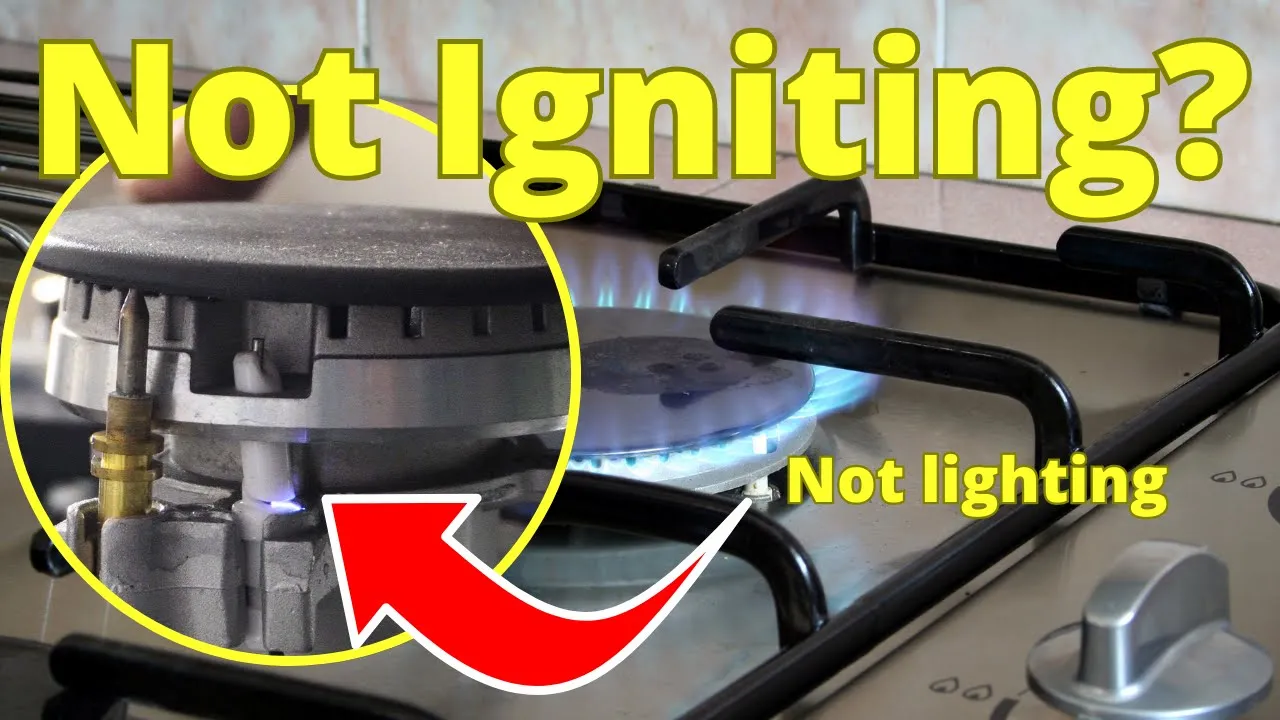
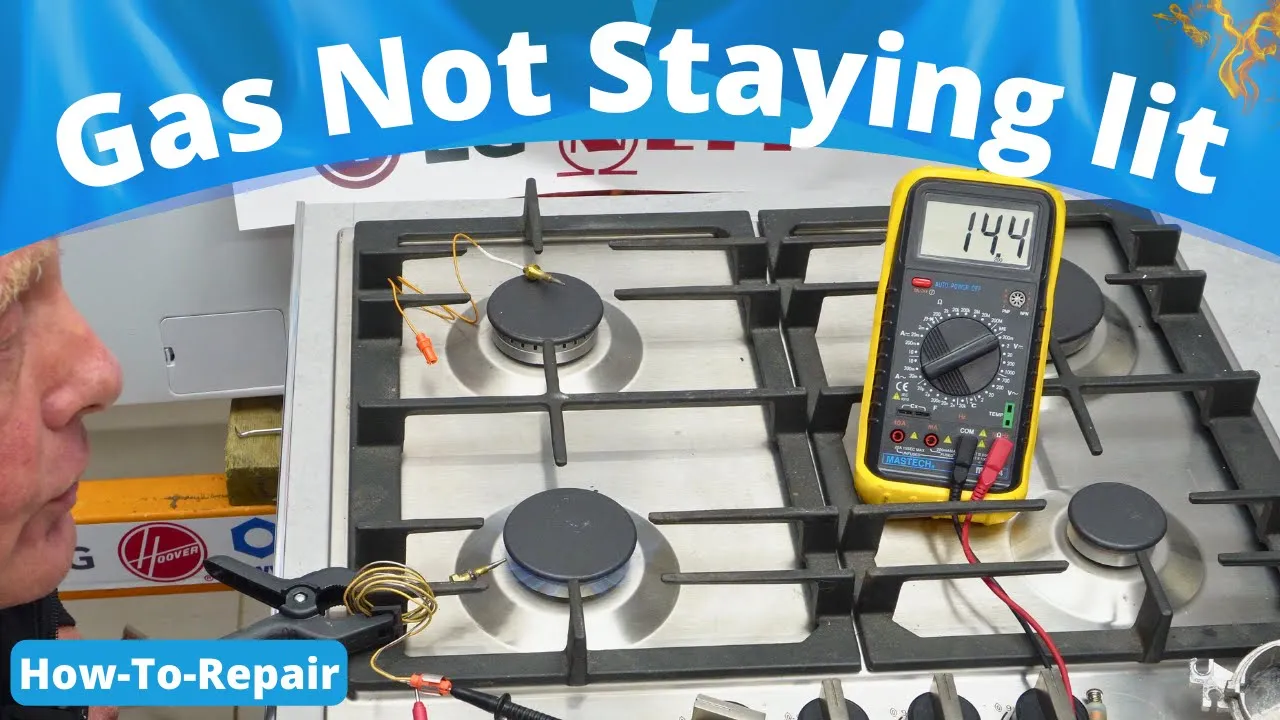



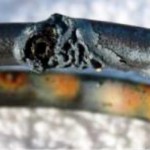
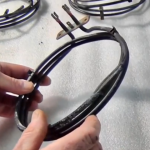
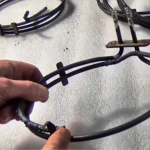
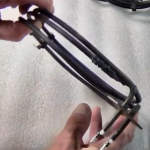

















Hi, I have a problem with a Teka HT 485 oven. When I switch the oven or grill on the meter trips out. I have checked both elements with a electrical meter – the grill element reads 35 and the oven element 56 ohms (i think) The oven hasnt been used in a number of years and is in brand new condition after being installed in a holiday home. Could theer be a problem with the oven temp dial/knob after years of unuse?
If so, how do I test the switch?
May thanks for your help
Ian.
Hi, My smeg oven is not heating on the ventilated setting but is working on all other settings. the ventilated element looks fine and there is resistance when measured with an ohmmeter. So I am stumped to work out why it is not heating. Do you have any other ideas?
Hi Sofie, I have just struck the same problem with my Smeg oven. did you manage to find an answer to the problem?
hi,my bush ae6bfs built in oven wont heat up ,no control panel lights ,but fan is running ok ,can you help me.june
I have removed faulty oven element but did not note which way it came out noting wireing was connected…..does it matter which way live and negative are connected
my question is after elektricity came i can,t fiks a clok. it blinks but + – buttons not responding! i turned off elektricity and try agan but it is the same ! only works ventilacion in oven and cločk blinks with auto on it! i hope you understand me
I have replaced my neff oven fans assited element. But now when I trun it on it keeps smoking. The oven is clean and around the fan is clean.
What could be the problem.
Please respond.
Many tanks
Hi, the top rings on my baby belling trip when switched on , the right side will stay on for a few seconds and the left one trips straight away, can you help please,
What is the average ohm value on the element of kelvinator or defy oven ? ( domestic oven , 230 v )
Hi
You mention “turn the meter to OHMS” but omit to state which Ohm setting as there are various Ohm settings.
Regards
CJ
Hello,
I have a NEFF 2.8 kw built in oven/grill that trips the main Circuit Breaker when either Grill or main oven are selected but only as the main thermostat is turned up past 50 degrees.
A continuity check on each element is good and they look to be in excellent order as the unit has had little use. I also carried out a basic continuity test on the main thermostat which gave a good result.
I disconnected the circuit from the thermostat to the element cut out thermostat and connected the oven to main power. The thermostat lamp illuminated throughout the temp range. Once reconnected the lamp is not coming on. There is a short to earth somewhere but it’s not obvious where. Both fans operate as expected as does the oven light. Do you have any idea what I should test next assuming I test the elements with my ohm meter and get readings below 100, what else could I be missing?
Hi we have a Bosch electric fan oven which keeps tripping out the electric after being on for around 90seconds. Can’t detect any damage evidence on the element.
Good morning i have contacted you already but have had no response back,i switched off the main fuseboard buy that evening i went to use my smeg oven and it didnt come on,however a few days later we took the top lid off the oven and noticed a burnt plastic connector the wire connected to the connector wasnt burnt so we replaced it,however oven still not coming on,the fan inside the oven is blowing cold air out but fan not turning,im really worried as this is the 2nd time its happened